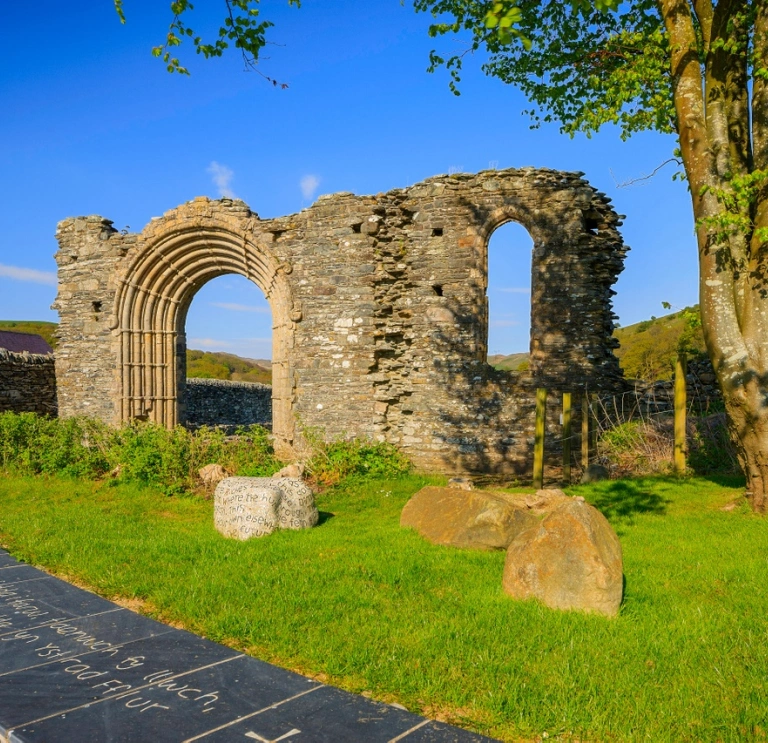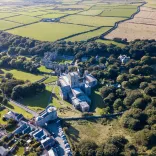In the 6th century, the first Christian pilgrims arrived in Pembrokeshire via the western sea routes from the Mediterranean. Many of these early saints had often travelled far in their search for spiritual fulfilment, to Rome or Jerusalem, before settling in Wales. Today, some 1500 years later, ancient and rediscovered pilgrimage routes can be explored in Wales.
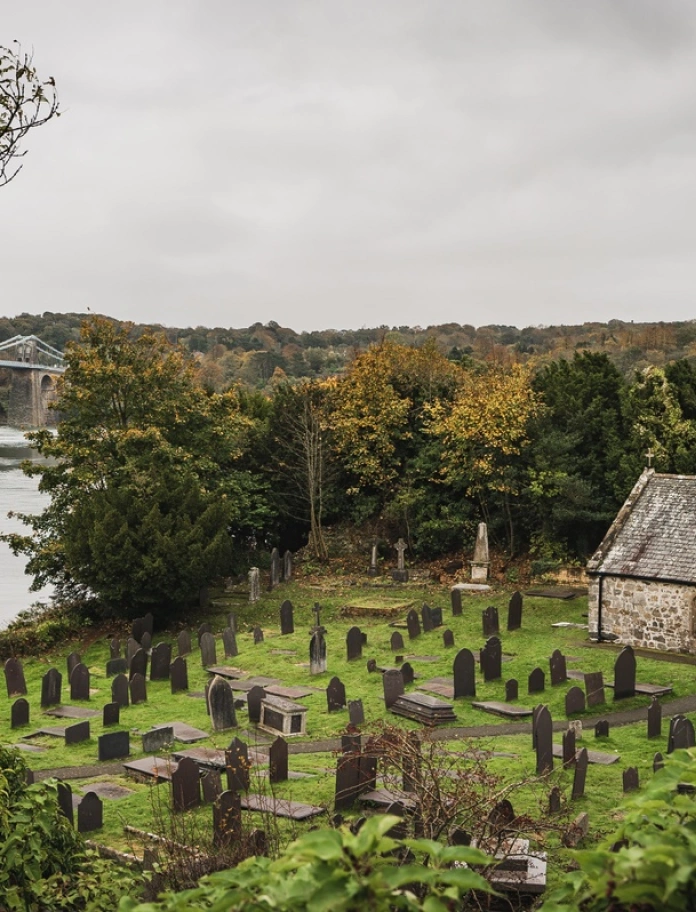
In total over 1,553 miles of pilgrimage trails await hikers throughout Wales. The routes range from easy one-day stages (6.8 miles) to tours lasting several days, such as the Anglesey Druids Way Pilgrimage from Caernarfon to Holyhead (80 miles), to the Welsh Cistercian Way, a pilgrimage route in the footsteps of the Cistercians that runs for more than 670 miles in a circular route through the entire country.
The pilgrimage routes pass prehistoric stone circles, centuries-old stone crosses, churches and cathedrals, holy springs, wells or through ancient forests to places of pilgrimage. The most famous: St Davids Cathedral and Bishop's Palace in Pembrokeshire, named after St David, the patron saint of Wales and one of the pioneers of Christianisation in the early 6th century. In 1120, Pope Calixtus II canonised him and made two pilgrimages to St Davids equivalent to a pilgrimage to Rome.
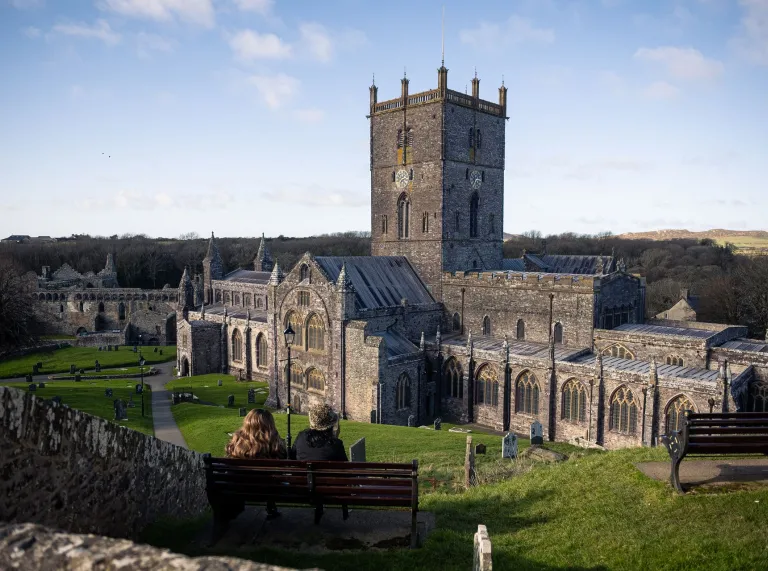
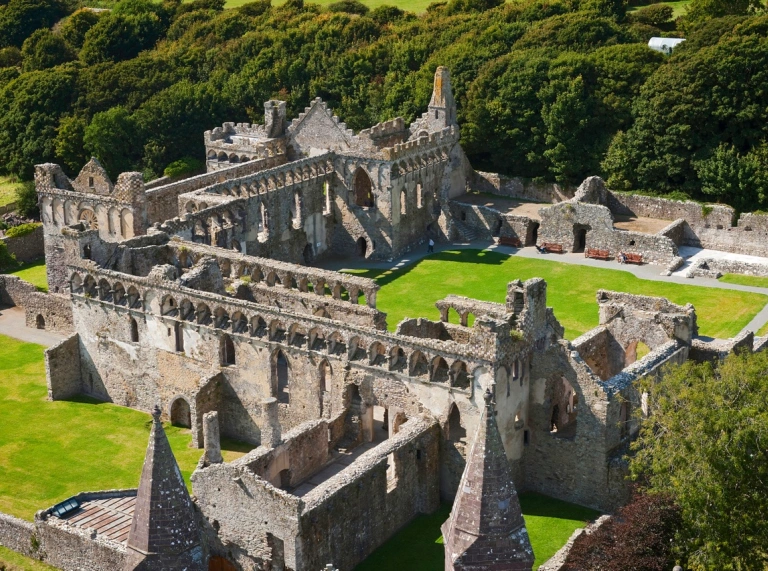
Less well known are places like Holywell, often referred to as the Welsh Lourdes. The restorative powers of St Winefride’s Well were known to the Romans. King Henry V made a pilgrimage here in 1416, and Margaret Beaufort, mother of King Henry VII, donated the pilgrimage chapel in 1490. Or the St Illtyd's Way, which runs south along the striking Glamorgan Heritage Coast (76.5 miles). It starts in the idyllic coastal village of Llantwit Major, where St Illtyd founded a mission school in the 6th century, considered to be Britain's earliest educational centre.
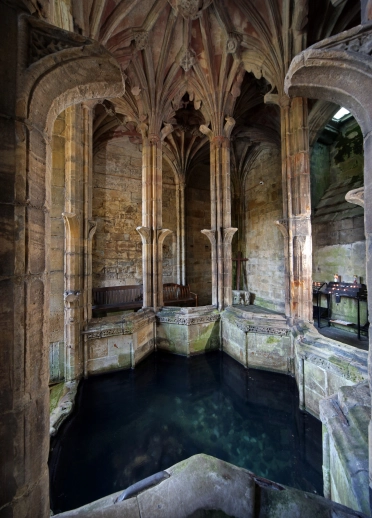
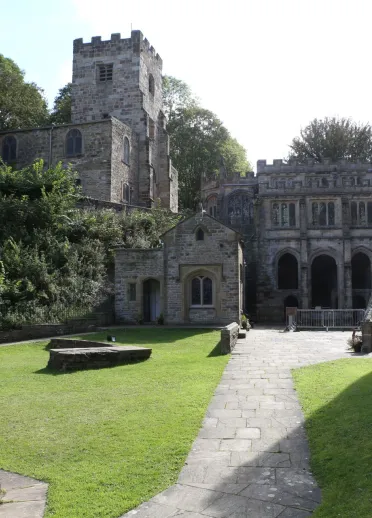
A newly rediscovered trail is the Penrhys Pilgrimage Way, which leads from Cardiff to Penrhys, 21 miles north in the Rhodda Valley. This ancient pilgrimage route has been walkable again since 2022, thanks to the initiative of a local charity that took on the project to restore this historic pilgrimage trail. With the help of historians, volunteers mapped the route, paved paths, removed obstacles and put up signposts. Divided into six sections, walkers also have access to public transportation at various points. The route starts at the west gate of Llandaff Cathedral in Cardiff and leads through changing landscapes to one of the most important pilgrimage sites for the faithful in 15th century Wales: the statue of the Virgin Mary and Child, 'Our Lady of Penrhys,' which stands guard on a hill overlooking the valleys of South Wales. In 1538, the original statue was burned on the orders of Thomas Cromwell during the Reformation in London; the current statue dates back to 1953.
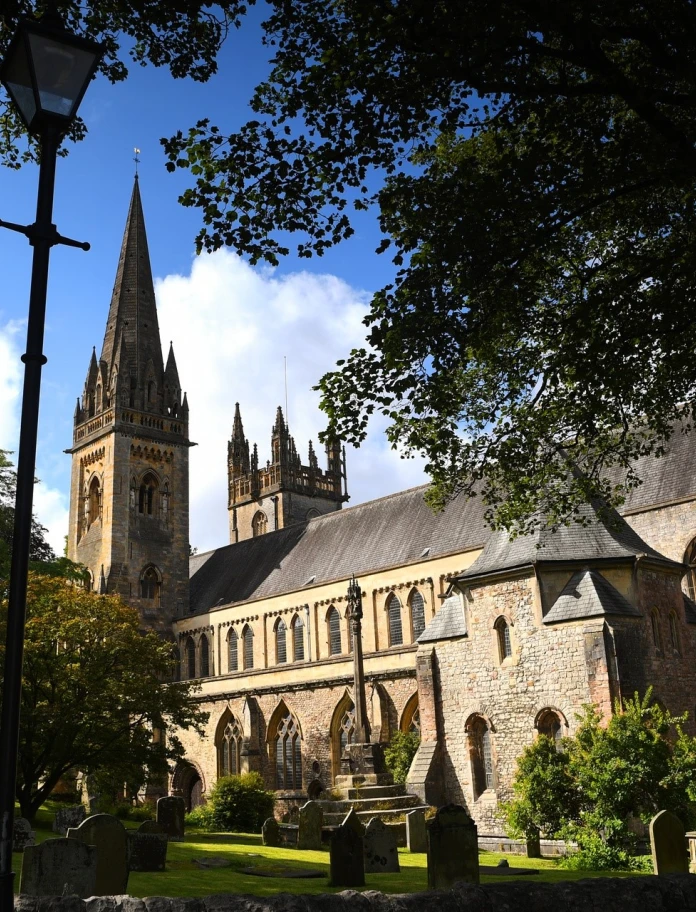
Another special highlight is Ynys Enlli (Bardsey Island): Centuries ago, pilgrims from Caernarfon followed the coast of the Llŷn Peninsula to the fishing village of Aberdaron to cross over to Ynys Enlli. Three pilgrimages to Bardsey counted as much as two to St Davids or one to Rome. For centuries, the small island was a refuge for persecuted monks and a burial place for bishops and the faithful, which is why Bardsey is also called the 'Island of 20,000 Saints.'
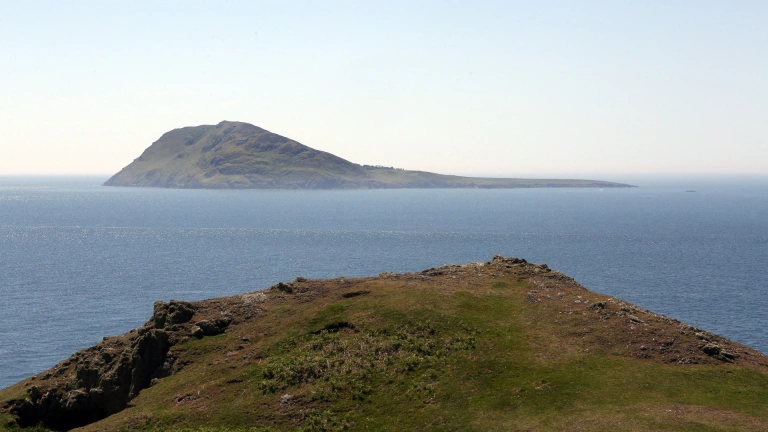
Since 1986 the island has been a nature reserve for its unique flora and fauna. More than 300 bird species have been counted on the island and the rocky bays are home to a colony of up to 200 grey seals.
Ynys Enlli is a magical place of seclusion. Here you are in harmony with nature, leaving everyday life behind and concentrate on the essentials – one of the goals of the pilgrimage movement and in keeping with the maxim of St David and Wales: "Do the little things' – because it's the little things in life that matters.
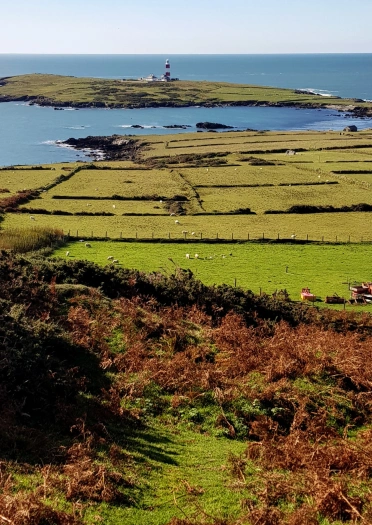
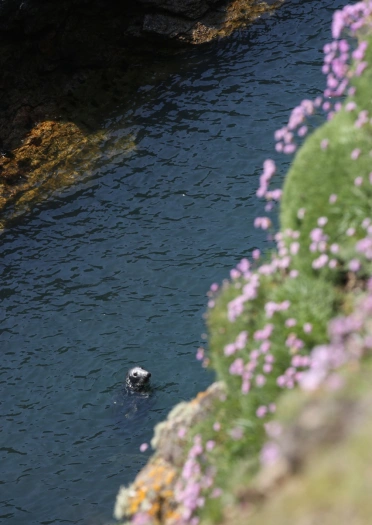
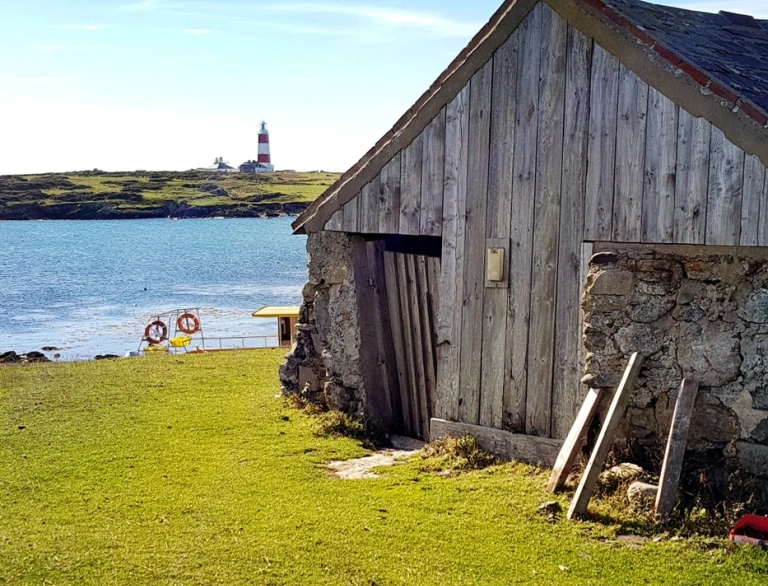
Overview of six pilgrim routes
Anglesey Pilgrimage, North Wales
The Anglesey Pilgrimage is a route in honour of the Druids who fell victim to the Romans in the first century. The Wales Coast Path plays a major role in this walk which starts at the ruins of the former Roman fort of Segontium. Along the way you can visit prehistoric burial chambers, churches and ruined chapels, including St Tysilio's Church, St Beuno's Church and Bryn Celli Ddu. Other places of interest include Llanddwyn Island and South Stack Lighthouse.
Distance: 80 miles
Duration: 7 days
Start: Caernarfon
End: Holyhead railway station, Anglesey
Tip: Allow time to visit Castell Caernarfon
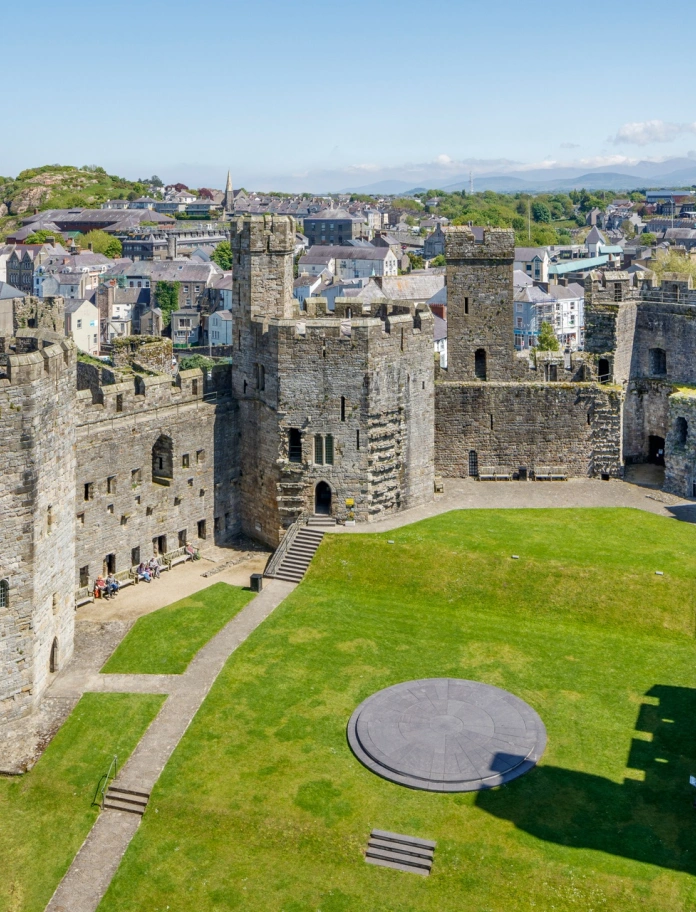
Brecon Cathedral Pilgrimage, Mid Wales
These two circular walks start at Brecon Cathedral. The Llanddew loop includes a priory well, the Old Forge Bridge, and the oldest church in the county. The route continues along the River Usk and through the market town. The Pen y Crug loop walks around the River Honddu and includes an Iron Age Hillfort, two holy wells and Brecon Cemetery.
Distance: 4.5 miles each - 9 miles in total
Duration: Each walk takes half day
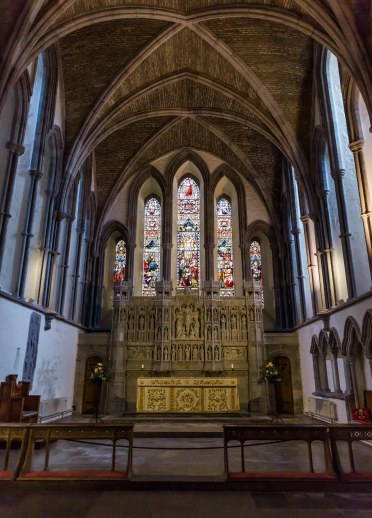
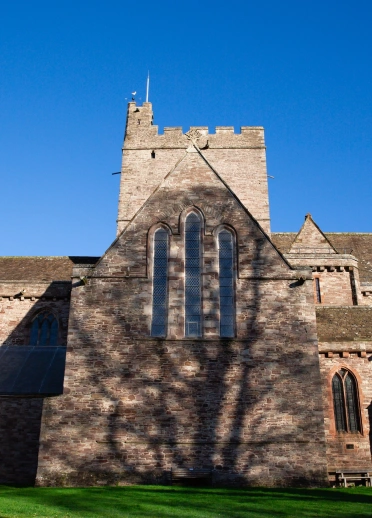
Teifi River Pilgrimage, Mid Wales
As the route name suggests the walk follows the Afon Teifi, which at around 73 miles, is one of the longest rivers in Wales. It starts from Llyn Teifi, a group of six pools and reservoirs on the edge of the Cambrian Mountains which offer spectacular views. However, the walk could also start further downstream at the 12th century Cistercian Strata Florida Abbey. The walk continues taking in holy wells, hill fort sites and churches. The walk ends at the popular coastal town of Cardigan and Poppit Sands beach.
Distance: 78 miles
Duration: 8 days
Start: Llyn Teifi / Strata Florida Abbey
End: Cardigan
Attractions along the route: Cors Caron Nature Reserve, National Wool Museum, Cenarth Falls, Castell Cilgerran, Welsh Wildlife Centre und St Dogmaels Abbey.
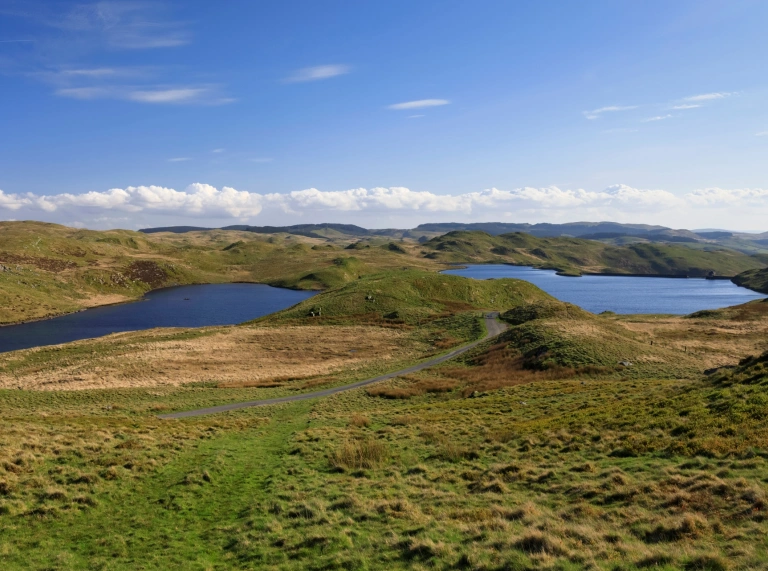
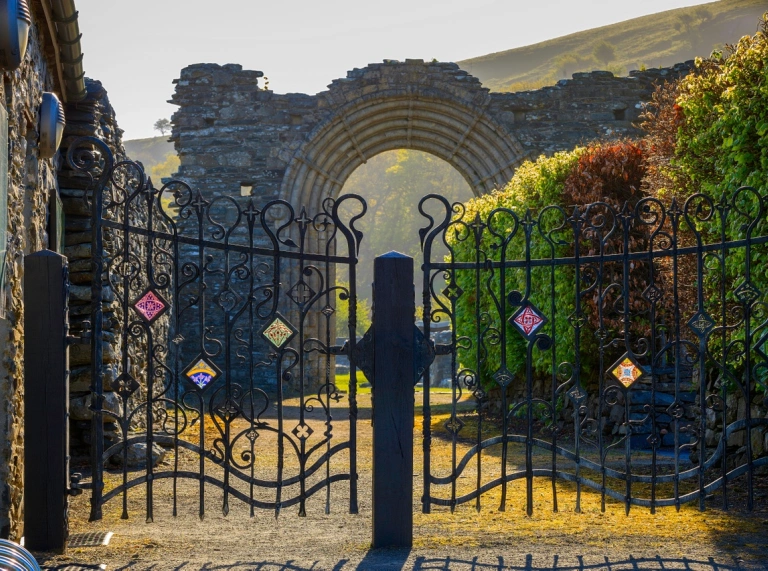
Gower Pilgrimage Way, Gower Peninsula, West Wales
The route comprising of five sections, was launched in the summer of 2022 and links all 17 of the historic Celtic churches in Gower. Some churches date back to the 6th century, dedicated to St Cattwg, St Cenydd, St Illtyd, St Madoc, St Rhidian and other Celtic saints. Along the walk, clients will also pass a castle and Christian points of interest, including chapels, sacred sites and a medieval monastic settlement.
Distance: 48.5 miles - 5 sections ranging from 5-13 miles
Duration: 5 days
Start: Penclawdd
End: Bishopston
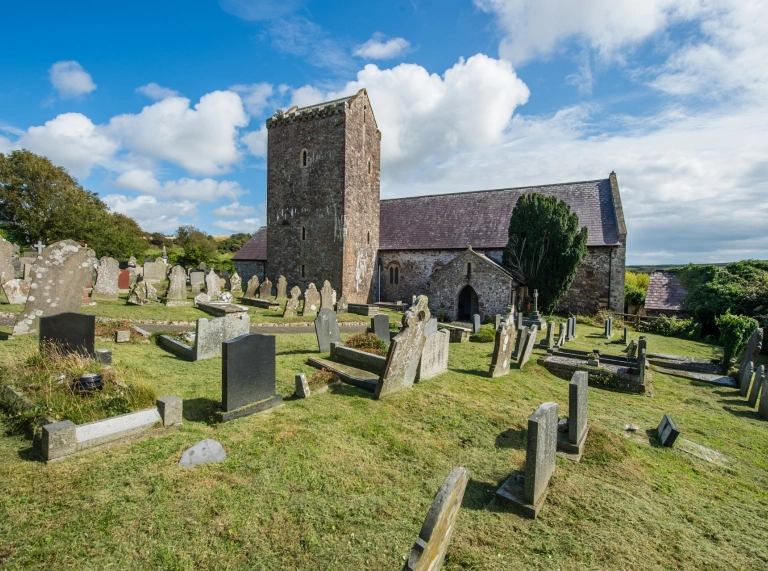
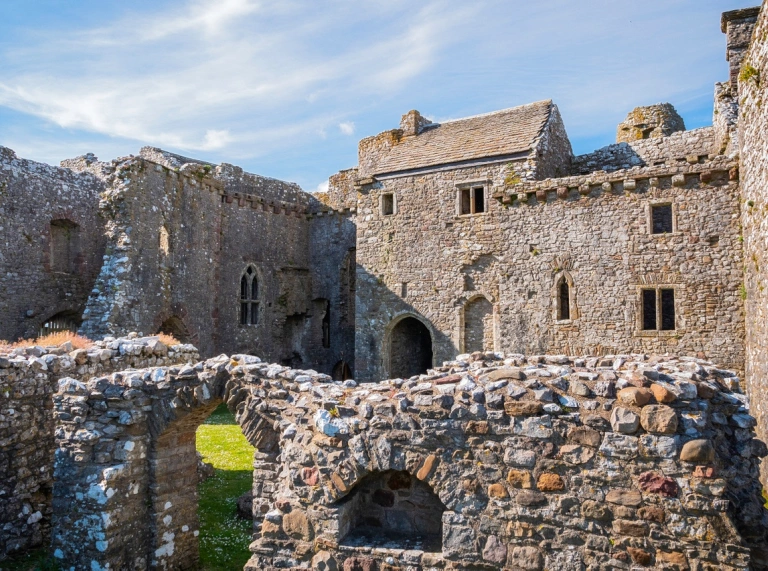
St Illtyd's Way, South Wales
This pilgrimage route was created in honour of St Illtud (St Illtyd) who founded a college at Llantwit Major, one of the UK's oldest Christian sites dating back to the 4th century. The college educated many early saints including St David and St Tudwal. A parish church was built on the missionary college ruins in the 12th century by the Normans.
Distance: 77 miles
Duration: 8 days
Start: Pembrey Country Park
End: Margam Country Park
Tip: Travel 18 miles east to St Illtud's Church in Llantwit Major and visit the collection of Celtic crosses, medieval wall paintings and early stone carvinds in the Galilee chapel next to the church.
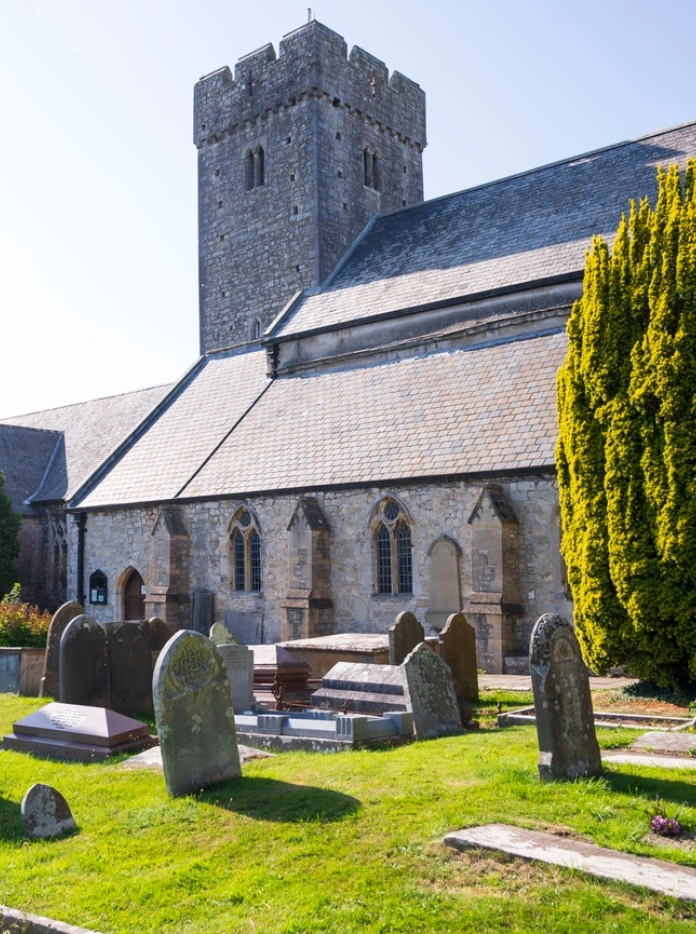
Welsh Cistercian Way
You can start the circular route of the Welsh Cistercian Way at any point on the map. This trail will allow you to learn more about Cistercian heritage whilst exploring the breath-taking Welsh landscape, historic places of interest and attractions. There are too many highlights to list, but they include St Asaph Cathedral and Valle Crucis Abbey in the north, Tintern Abbey in the south, Neath Abbey in the west, as well as Strata Florida Abbey in Mid Wales.
Distance: 672 miles
Duration: 3 months
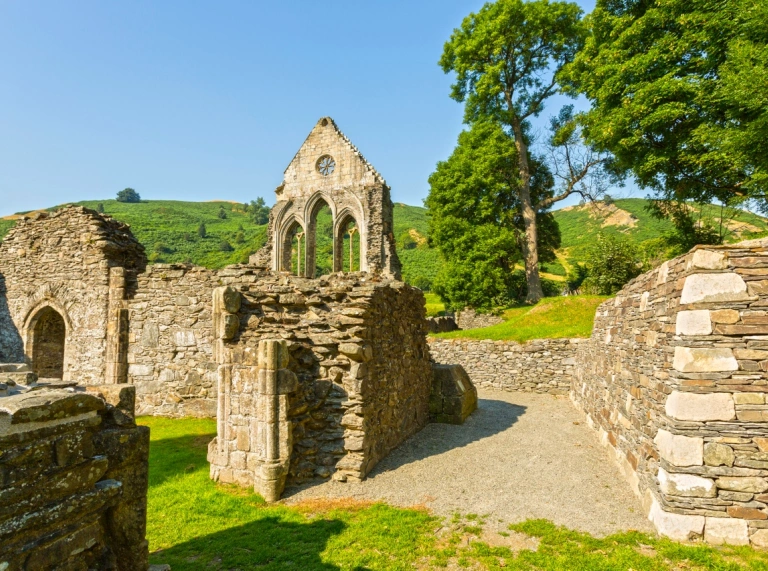
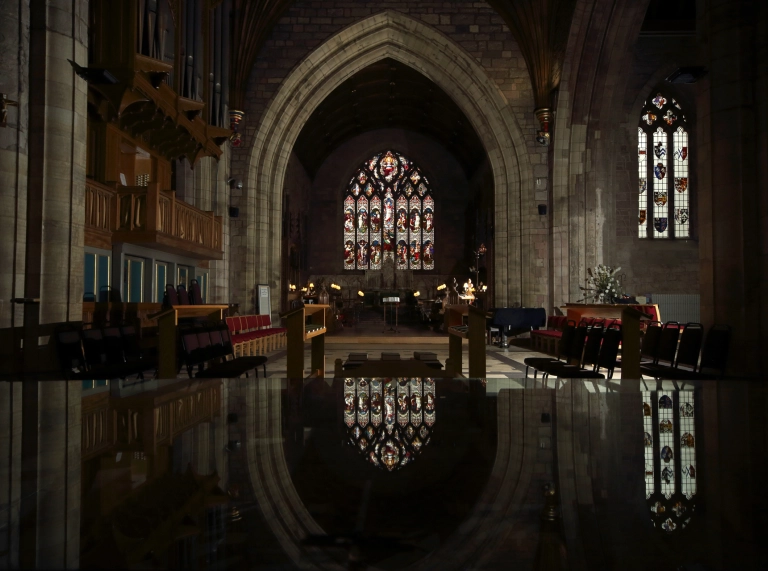
Discover more pilgrim trails in Wales
Other routes are: Aeron River Pilgrimage in Ceredigion (24 miles); Llŷn Pilgrims Trail on Llŷn Peninsula (72 miles), North Wales Pilgrims Way from Holywell to Bardsey (130 miles), Northern Way (31 miles) and Southern Way (60 miles) in St Davids, the Celtic Way (758 miles), St Melangell Way in Mid and North Wales (23 miles) and St Thomas Way in South Wales which consists of thirteen circular hikes of different lengths.
